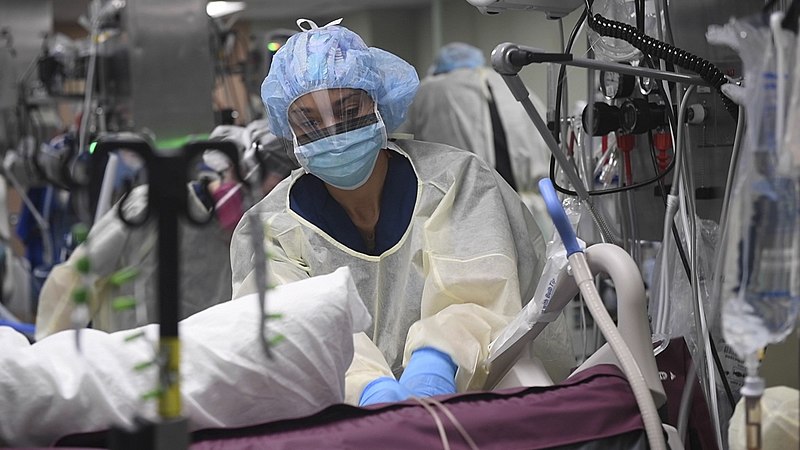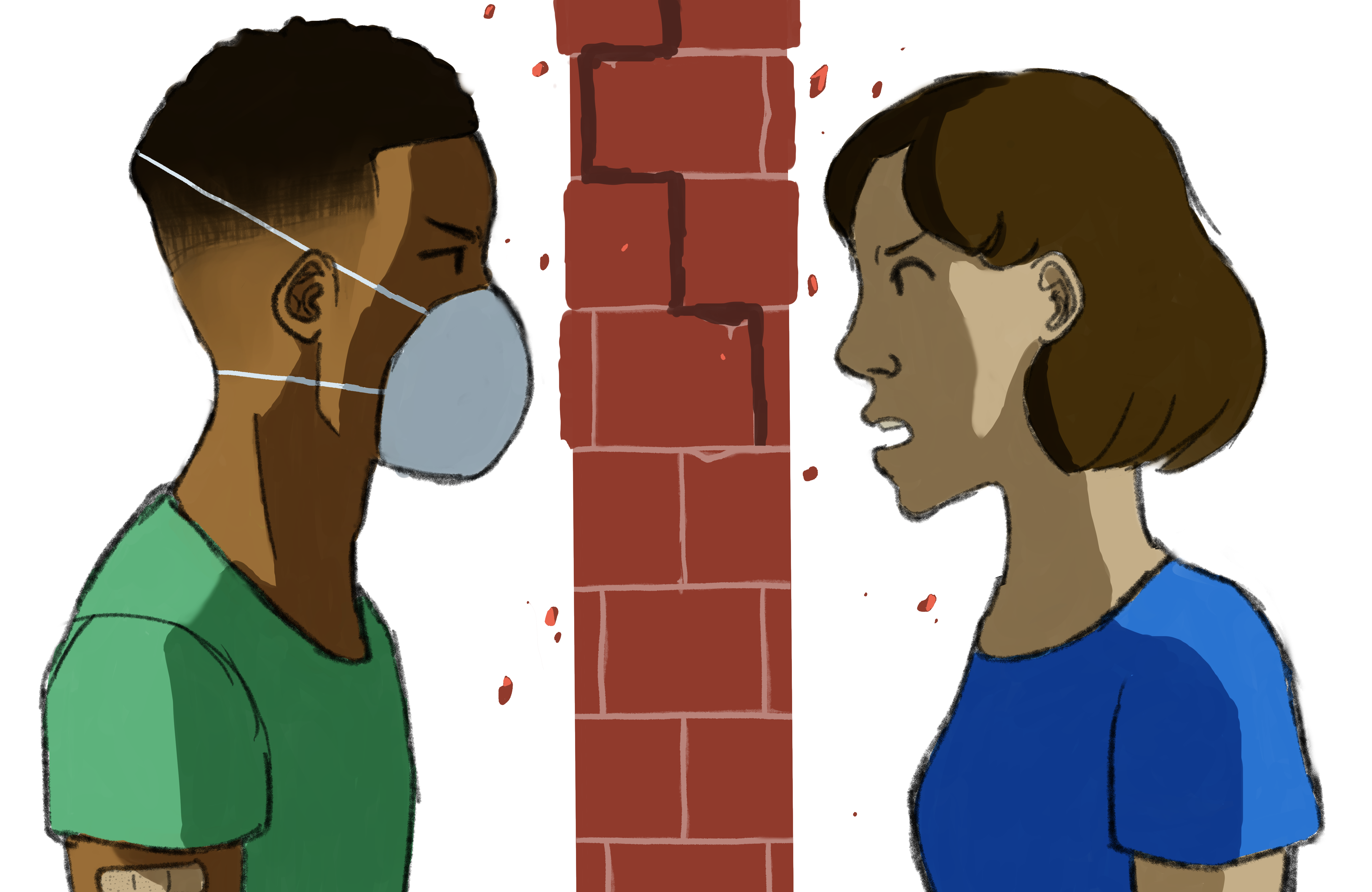Our hospitals are at capacity, profit-driven healthcare is to blame
Our hospitals are full to the brim, but COVID is only part of the problem. Designing and running hospitals for profit is driving the crisis.
The health care systems and hospitals throughout our region, let alone the country, are facing a crisis of over-capacity and understaffing. This crisis is not simply the result of the COVID-19 pandemic, but is the creation of the very CEOs and leaders of the hospitals.
The results of our full intensive care units and busy ERs are delayed and compromised care for all of us. Got hit by a car and need an ICU? Let’s hope one of the local hospitals has an available bed.
One significant aspect of this crisis is the limited physical space in our hospitals and ICUs. Space in hospitals is always at a premium as building, maintaining and owning it is expensive. Hospital planners have a financial interest in having the least amount of space necessary for the job.
Similarly, to save money on empty patient rooms and unused equipment like extra ventilators in storage, a hospital’s goal is to have an ICU with the size and resources to always be at or near capacity. In the United States, empty ICU beds, nurses sitting around and unused ventilators are all lost revenue.
A similar dynamic played out in the earlier days of the pandemic when hospitals were caught flat-footed with tiny or non-existent N-95 respirator stockpiles. Like a manufacturing business or the logistics industry of Amazon, our hospitals make their decisions with financial determinants held well above our actual well-being.
In case this isn’t clear, it is the hospital leaders who oversee this staffing model that has folks stretched thin. It is these same leaders who chose not to invest in other resources like N-95 stockpiles. And lastly, it is these same leaders who compensate their workers with bad health insurance while keeping wages as low as possible given the labor market, etc.
At the same time that our ICUs are designed to be as small as possible so as to be full all the time, our health systems have been aware of a nurse shortage for over 20 years. Since the end of the 1990s, experts have pointed out that not only has there been a current nurse shortage, but that the shortage was only getting worse as the workforce ages and retires.
Ed Young, reporting for the Atlantic last November, explains the dynamic this way, “Even before COVID-19, many of them struggled to bridge the gap between the noble ideals of their profession and the realities of its business. The pandemic simply pushed them past the limits of that compromise.”
The underfunding of nursing programs and the poor pay for nursing faculty are major contributors to the staff shortages hospitals are dealing with. Fixing this will require serious public investment in the training of new nurses and the funding of robust nursing programs.
But hospitals share a lot of the blame in the nursing shortage. They fuel the extraordinary rates of nurse burnout that drives so many new nurses out of the workforce as little as a year after graduating with a nursing degree. I remember being a new nurse and it being quite normal for my fellow new-grad peers to go home each day after work and cry out of desperation and fear.
While studies often cite a statistic saying one in five nurses experience burnout in their first three years of practice, one study from the University of Pennsylvania’s nursing school in Philadelphia reports a rate of 35%!
No doubt, COVID-19 can only increase these numbers. It is widely recognized that hospitals are driving this burnout through understaffing, overscheduling and failing to provide adequate resources to staff.
This ties back to hospitals acting like factories, wanting to staff their workforce so that all nurses, and healthcare workers in general, are doing as much work as possible for the entirety of their shift. Ultimately, the stress of having too many patients to care for while lacking breaks and support needed to address the physical and emotional toll is driving nurses away from the profession.
Of course, COVID-19 has pushed all this over the edge and is driving healthcare workers to the brink of exhaustion and sanity. But the conditions for this crisis to exist and persist were created by those in charge, the people who chose to prioritize profits over the health and wellbeing of our society.
While this includes the politicians and the billionaires, it also includes the millionaires who run our local hospitals as CEOs, Chief Nursing Officers, etc.
Just getting past this pandemic stage of COVID-19 is not a solution as our health systems will continue to be unsustainable in the day-to-day and overwhelmed by the next pandemic or mass casualty event.
We need to reorganize our hospitals so that extra ICU beds or staff are not thought of as a wasted cost but as a normal part of being prepared. Furthermore, we need to fund a massive expansion of nursing schools and faculty to address the continuing staff shortages. Simply put, we need to prioritize our health and well-being over profits.



